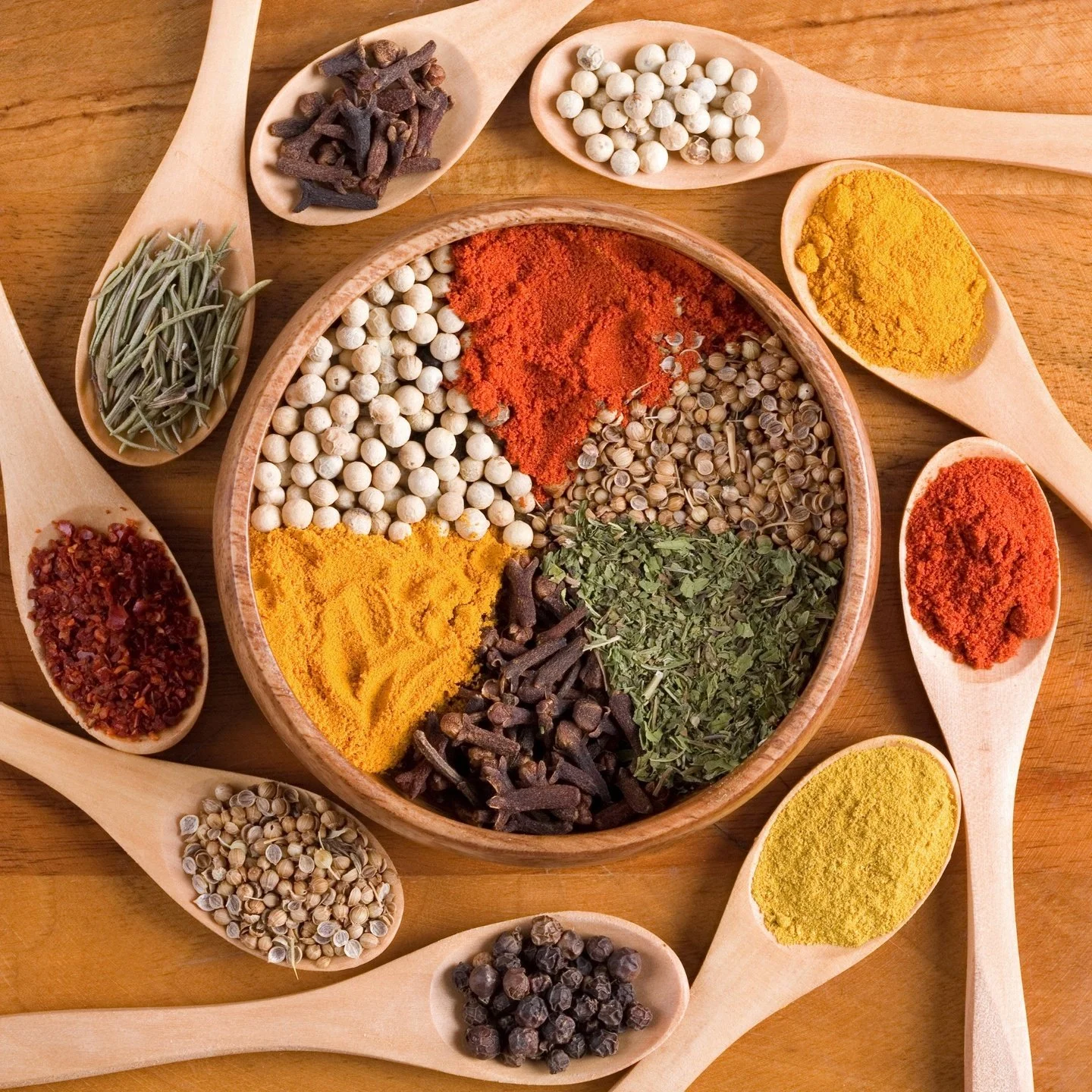Growing Popularity of Non-synthetic and Non-additive Food Products to Trigger Expansion of the Global Spice Ingredients Market
Source: Tech Bullion / image: - / Author: Pragati Pathrotkar
Consumer preferences have shifted away from sugar, salt, and spice elements, resulting in a new global trend. Spices have long been regarded as long-term components in the food and beverage sector. Due to its low calorie, fat, and sodium content, it is a popular choice among health-conscious consumers. Spices have been utilized in food and beverages since earlier civilizations, and they continue to play an important part in culinary preparations today for flavor and color enhancement. Spices are products derived from tropical plants, such as bark, roots, seeds, and berries, and are thought to be good to one’s health in a variety of ways, which is likely to fuel expansion of the global spice ingredients market in the years to come.
The growing demand for healthy, nutrient-dense foods amongst the younger generation has broadened the consumer base for spice ingredients all around the world. In addition to that, rising consumer awareness about food items with high nutritional value is estimated to boost the demand in the global spice ingredients market. The global market is also estimated to be driven by the properties of the products, which are free from harmful chemicals as well as preservatives, and also their microbiological safety.
Awareness about Benefits of Spices and Herbs to Raise Demand for Spice Ingredients in the Market
Spices and herbs are becoming more associated with health and quality of life, and retail food product makers have upped their usage of spices and seasonings to cater to the tastes and preferences of consumers of all ethnicities throughout the world, hence propelling the global spice ingredients market ahead. The global market does have strong prospects for products like cinnamon, ginger, Curcuma, uncrushed pepper, cloves, and dried capsicum/pimento. The expansion of the global market is likely to be aided by the beneficial properties of various spices.
As people become more aware of the medicinal qualities of spices, the demand is expected to continue to rise in developed countries of Europe and North America. When it comes to the global spice ingredients market, the Asia Pacific region, amongst many others, is a prominent spice producing region. The extensive use of spices from countries such as China and India are likely to propel the regional market in the years to come. Furthermore, the US is one of the most important regional markets for spices, followed by Europe, which imports the most spices in the developed world. The growing desire to try a variety of ethnic snacks and food items is estimated to encourage the producers to make high-quality products. With the support of collective marketing as well as promotional campaigns by big companies, total demand in the region is continuously rising at a rapid pace. These factors are likely to propel the global spice ingredients market to new heights.
Nowadays, customers are more conscious about the food they eat and the ingredients they use. Non-synthetic, non-additive food products are becoming increasingly popular among consumers in developed countries. Due to rise in obesity as well as other lifestyle disorders, customers are gravitating toward natural ingredients, which is estimated to fuel expansion of the global spice ingredients market in the near future. Consumers want to optimize their health and quality of life, which explains the increasing demand for natural as well as plant-based materials in food and beverage items.
Increasing Popularity of Asian Cuisine is Expected to Fuel Growth of the Market
Due to the growing prominence of spices, the top manufacturers are focused on low-cost items in order to compete in the global spice ingredients market. In addition, health awareness of consumers regarding the benefits of natural food components, which is linked to enhanced health, is expected to boost demand for spices ingredients across the globe.
The industry has also been pushed by changes in consumer eating habits and a desire for different mouthfeels, particularly a tendency toward Asian cuisine, which incorporates more spices in the diet. Adulteration of seasonings and spices is a major stumbling block to the market’s expansion. The largest market is Europe, trailed by North America.

